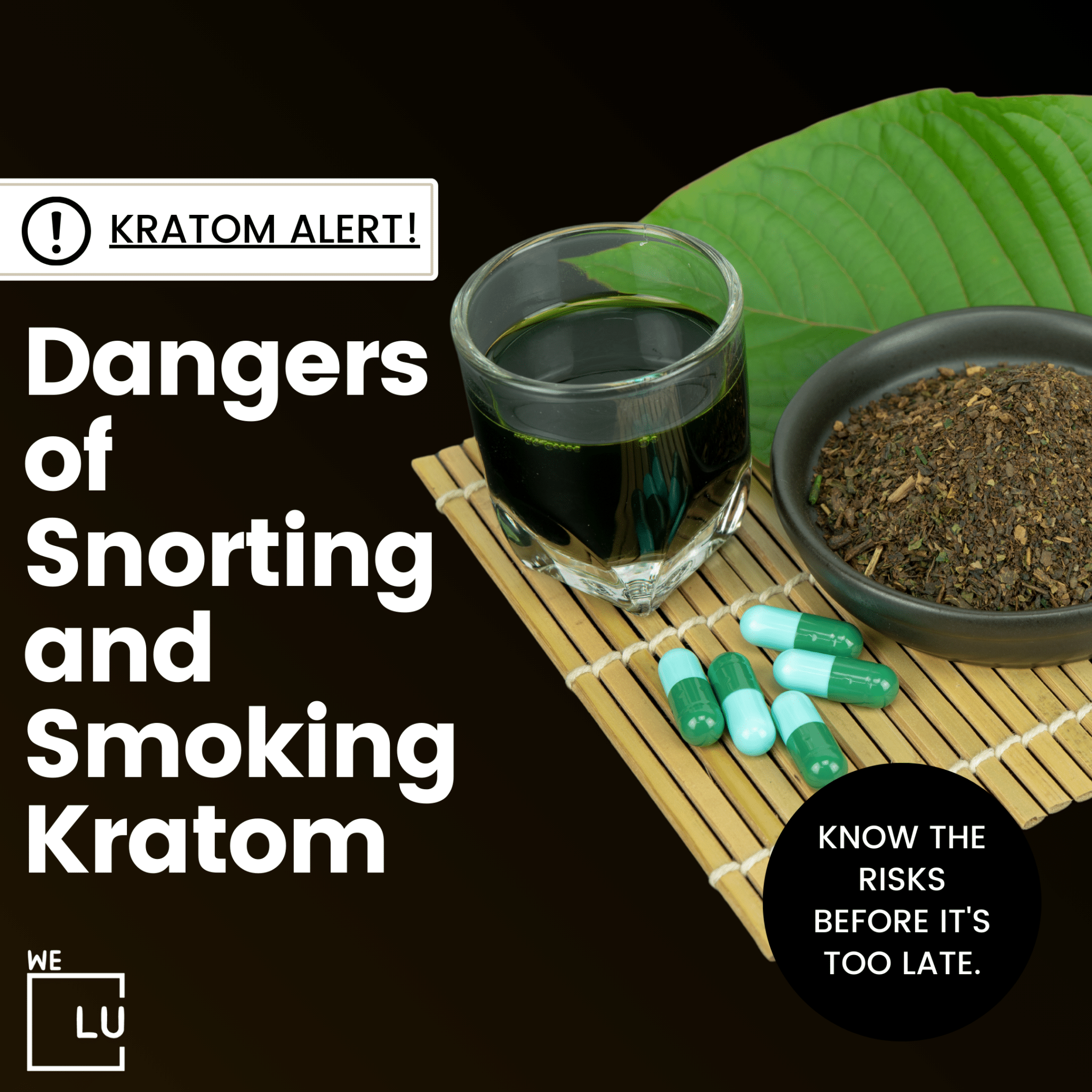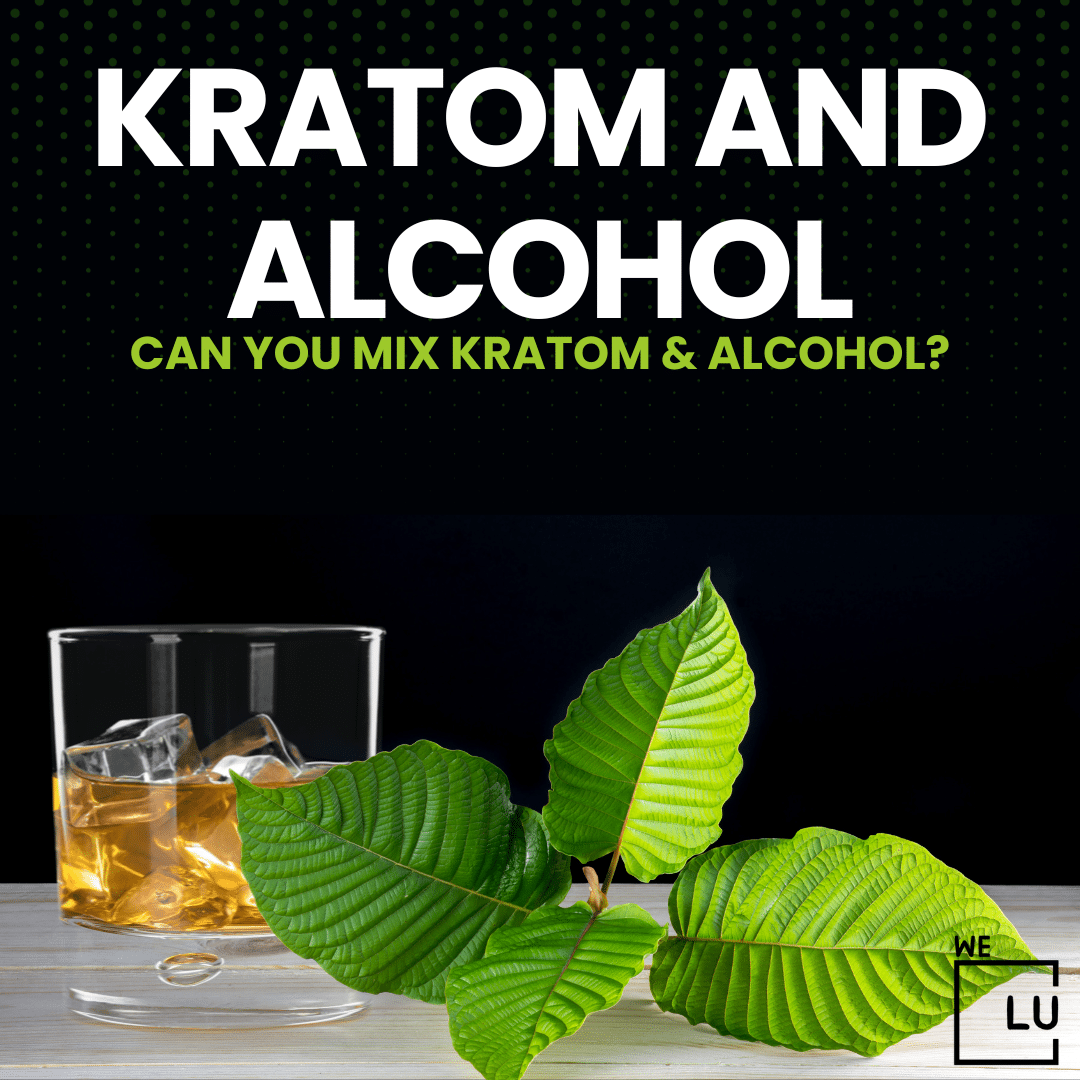What Is Meth?
“Meth” is a commonly used abbreviation for methamphetamine, which is a powerful and highly addictive central nervous system stimulant. It is a synthetic drug affecting the brain and body, increasing energy, alertness, and euphoria. Methamphetamine is chemically similar to amphetamine, a drug used to treat attention deficit hyperactivity disorder (ADHD) and narcolepsy.
Methamphetamine can be found in various forms, including a crystalline powder or the form of clear crystals known as “crystal meth.” It can be ingested orally, snorted, smoked, or injected. The drug has a high potential for abuse and can lead to severe physical and mental health consequences.
Prolonged use of methamphetamine can result in addiction, and individuals may face challenges in quitting the drug due to withdrawal symptoms and cravings. Methamphetamine abuse can have significant social and economic consequences, affecting relationships, employment, and overall quality of life.
Due to its high potential for abuse and associated health risks, methamphetamine is classified as a Schedule II controlled substance in the United States, meaning that it has a recognized medical use but a high potential for abuse that can lead to severe psychological or physical dependence.
What Is P2P Meth?
“P2P meth” refers to methamphetamine that is synthesized using a specific precursor chemical called phenyl-2-propanone (P2P). Methamphetamine can be produced through various chemical processes, and the use of P2P is one method for its illicit manufacture.
In the traditional production method for methamphetamine, pseudoephedrine or ephedrine (common ingredients in certain over-the-counter cold medications) were often used as precursor chemicals. However, due to regulatory efforts to control the sale of these precursor chemicals, some illicit manufacturers turned to alternative methods, including using P2P.
The production and distribution of methamphetamine are illegal in many places due to the drug’s highly addictive nature and associated health risks. The illegal production of methamphetamine poses grave dangers both in terms of the harmful effects of the drug itself and the risks associated with the synthesis process, which often involves hazardous chemicals.
Law enforcement agencies and regulatory authorities closely monitor and regulate the precursor chemicals used in the production of methamphetamine to control its illicit manufacture. Efforts to combat the illegal production and distribution of methamphetamine involve a combination of legal measures, law enforcement initiatives, and public health interventions.
What Does P2P Mean?
Phenyl-2-propanone (P2P) is a chemical compound that can be used as a precursor in the synthesis of methamphetamine. The chemical structure of P2P contains a phenyl ring, a benzene ring, and a 2-propanone group. Illicit manufacturers use various chemical reactions to convert P2P into methamphetamine.
Some characteristics of P2P Meth include:
- Purity and Potency:
- P2P meth is described as having high purity, with levels reaching up to 93%. Higher purity generally means a more potent and intense drug.
- The increased potency of P2P meth is associated with more powerful psychoactive effects and a higher risk of addiction.
- Overdose Risks:
- Higher-purity meth, such as P2P meth, is associated with an increased risk of overdose and death.
- The reduced concentration of l-methamphetamine, which might serve as a physical warning sign, could contribute to higher overdose rates.
- Physical and Mental Effects:
- The physical effects of P2P meth can include increased blood pressure, elevated respiratory rate, elevated body temperature, and a risk of heart attacks or strokes.
- The mental effects can be severe, including paranoid episodes, psychosis, hallucinations (commonly described as the sensation of bugs crawling under the skin), and memory loss.
- Long-lasting Consequences:
- The physical and mental side effects of high-purity methamphetamine can be long-lasting and, in some cases, irreversible.
- Users may experience organ stress and potential failure, contributing to long-term health issues.
- Addiction and Intensity of Highs:
- P2P meth is reported to be more addictive, providing more intense highs in a shorter amount of time. The reported duration of highs can be extended, lasting up to 24 hours with a single dose.

Skip To:
Learn More:
- Meth Head, Symptoms, Warning Signs, Dangers, Side Effects & Meth Addiction Treatments
- Fake Meth. What Is It And How To Identify It?
- What Does Meth Look Like? What Does Crystal Meth Look Like? Pictures of Meth.
- What Are Meth Eyes, Meth Pupils? What Does Meth Do To Your Eyes?
- What Does Meth Taste Like? Identifying Meth by Taste
- Amphetamine effects, Types, Addiction, Effects on the Brain, Harmful Effects & Treatment Options
- How long do amphetamines stay in your system? Peak Levels, Half-Life, Factors of Influence, Amphetamine Addiction, Withdrawal & Treatment
- Amphetamine addiction, Types, Abuse, Signs, Dangers, Side Effects & Treatment Options
- Amphetamine withdrawal, Abuse, Symptoms, Medical Detox & Treatment for Addiction
- Amphetamine psychosis, Symptoms, Withdrawal Psychosis, Signs of Addiction & Treatment
What Is The Difference?
“Meth” and “P2P meth” refer to the same drug, methamphetamine, but the terms highlight different aspects of the production process.
- Methamphetamine (Meth): This is the generic name for the drug itself. Methamphetamine is a powerful and highly addictive central nervous system stimulant. It can take various forms, such as a crystalline powder or clear crystals (commonly known as “crystal meth”). Methamphetamine affects the brain and body, leading to increased energy, alertness, and euphoria. It can be produced using different methods, and historically, one standard method involved using precursor chemicals like pseudoephedrine or ephedrine.
- P2P Methamphetamine (P2P Meth): This term emphasizes the specific precursor chemical used in the synthesis process. “P2P” stands for phenyl-2-propanone, which is a precursor chemical that can be used in the illicit production of methamphetamine. The use of P2P as a precursor became more prevalent in response to regulatory efforts to control the sale of other precursor chemicals, such as pseudoephedrine. The term “P2P meth” specifies that phenyl-2-propanone was involved in the production process.
In summary, “meth” is the general term for the drug methamphetamine, while “P2P meth” specifies that a particular precursor chemical, phenyl-2-propanone, was used in the synthesis. The distinction is more about the production process and the specific chemicals involved than differences in the drug itself. Both terms refer to the same illicit and highly controlled substance.
What Makes P2P Meth So Dangerous?
The production of methamphetamine using phenyl-2-propanone (P2P) as a precursor involves a series of chemical reactions that can be hazardous. There are several reasons why P2P methamphetamine is considered dangerous:
- Chemical Hazards: The synthesis of methamphetamine, mainly using P2P, involves the use of various chemicals, some of which are toxic, flammable, or explosive. The manufacturing process poses significant risks of exposure to hazardous substances, leading to the potential for chemical burns, respiratory issues, and other health problems for those involved in the production.
- Risk of Explosions: Some of the chemicals used in the synthesis of methamphetamine are volatile and can pose a risk of explosions. Methamphetamine labs, often referred to as “meth labs” or “clan labs,” have been associated with a high risk of fires and explosions, endangering not only those involved in the illicit production but also neighboring communities.
- Environmental Impact: Illicit methamphetamine production generates a significant amount of waste, including toxic byproducts. Improper disposal of these chemicals can lead to environmental contamination, posing risks to soil, water, and wildlife.
- Unregulated Ingredients: Illicit manufacturers may use impure or contaminated precursor chemicals, leading to variations in the final product’s purity and potency. This variability increases the risk of unpredictable and potentially harmful effects for individuals who use the drug.
- Health Risks: Methamphetamine itself is a highly addictive and harmful substance. Prolonged use can lead to severe physical and mental health problems, including cardiovascular issues, dental problems (“meth mouth”), weight loss, anxiety, paranoia, and hallucinations. The illegal production and distribution of methamphetamine contribute to the overall public health burden associated with the drug.
- Criminal Consequences: The illicit production, distribution, and use of methamphetamine are illegal activities. Individuals involved in these activities face legal consequences, including arrests, prosecution, and imprisonment.
Due to these various dangers associated with the production and use of P2P methamphetamine, law enforcement agencies globally have implemented strict measures to combat the illegal production and distribution of the drug. Public health initiatives also aim to raise awareness about the risks associated with methamphetamine use and production.

Get Your Life Back
Find Hope & Recovery. Get Safe Comfortable Detox, Addiction Rehab & Dual Diagnosis High-Quality Care.
Hotline (855) 695-1160Origins Of P2P Meth
The use of phenyl-2-propanone (P2P) as a precursor in the synthesis of methamphetamine has historical roots in the clandestine production of the drug. The origins of P2P methamphetamine are tied to changes in regulations and law enforcement efforts targeting precursor chemicals used in methamphetamine production.
In the mid-20th century, the production of methamphetamine often involved the use of ephedrine and pseudoephedrine as precursor chemicals. These chemicals were readily available, and their regulation was not as stringent as today. Over time, as law enforcement and regulatory agencies became aware of the role of these precursor chemicals in illicit methamphetamine production, efforts were made to control their availability.
To counteract these regulatory measures, illicit manufacturers sought alternative precursors that were not as closely monitored or restricted. This led to using phenyl-2-propanone (P2P) in the synthesis process. P2P is a chemical compound that can be used as a precursor in the illicit production of methamphetamine.
The shift to P2P as a precursor was influenced by its relative availability compared to controlled precursor chemicals like pseudoephedrine. However, as law enforcement continued to adapt and address these changes, regulations were implemented to control the sale and distribution of P2P as well.
The dynamic nature of illicit drug production involves a constant interplay between law enforcement efforts to restrict precursor chemicals and the adaptability of illicit manufacturers to find alternative methods. It’s important to note that the use of P2P and other precursors in methamphetamine production is illegal, and law enforcement agencies globally work to monitor and control the illicit production and distribution of methamphetamine.
Get Help. Get Better. Get Your Life Back.
Searching for an Accredited Drug and Alcohol Rehab Centers in Near You?
Even if you have failed previously and relapsed, or are in the middle of a difficult crisis, we stand ready to support you. Our trusted behavioral health specialists will not give up on you. When you feel ready or just want someone to speak to about therapy alternatives to change your life call us. Even if we cannot assist you, we will lead you to wherever you can get support. There is no obligation. Call our hotline today.
FREE Addiction Hotline – Call 24/7
Side Effects Of P2P Meth
The side effects of methamphetamine, whether produced using phenyl-2-propanone (P2P) or other precursors, are primarily attributed to the drug’s impact on the central nervous system. Methamphetamine is a powerful stimulant that affects both the body and the brain, and its use can lead to a range of short-term and long-term side effects. Here are some of the potential side effects of using methamphetamine:
Short-term Side Effects
- Increased Alertness: Methamphetamine is known to increase wakefulness and alertness.
- Elevated Heart Rate: Users may experience an increased heart rate and elevated blood pressure.
- Decreased Appetite: Methamphetamine often suppresses appetite, leading to weight loss.
- Increased Energy: Users may experience a surge in energy and a euphoria.
- Dilated Pupils: Methamphetamine use can cause pupil dilation.
- Insomnia: Difficulty in sleeping is a common side effect due to the stimulating nature of the drug.
- Agitation and Irritability: Users may become agitated, anxious, or irritable.
Long-term Side Effects
- Addiction: Methamphetamine is highly addictive, and chronic use can lead to dependence.
- Severe Dental Problems: “Meth mouth” is a term used to describe extensive dental issues associated with methamphetamine use, including tooth decay and loss.
- Skin Sores: Chronic use can lead to skin problems, including open sores and infections.
- Weight Loss: Continued use often results in significant and unhealthy weight loss.
- Psychological Issues: Methamphetamine use can contribute to anxiety, paranoia, hallucinations, and violent behavior.
- Cognitive Impairment: Long-term use can lead to cognitive deficits, affecting memory and decision-making.
- Cardiovascular Issues: Chronic use can strain the cardiovascular system, potentially leading to heart problems.
- Respiratory Issues: Smoking methamphetamine can lead to respiratory issues.
Comfortable Facilities & Amenities
High-Quality Addiction & Mental Health Rehabilitation Treatment
Rehab Centers TourRenowned California Addiction Center. Serene Private Facilities. Inpatient rehab programs vary.
Addiction Helpline (855) 695-1160Proven recovery success experience, backed by a Team w/ History of:
15+
Years of Unified Experience
100s
5-Star Reviews Across Our Centers
10K
Recovery Success Stories Across Our Network
- Low Patient to Therapist Ratio
- Onsite Medical Detox Center
- Comprehensive Dual-Diagnosis Treatment
- Complimentary Family & Alumni Programs
- Coaching, Recovery & Personal Development Events
Meth Addiction
Methamphetamine addiction is a severe and challenging condition characterized by the compulsive, uncontrollable use of methamphetamine despite adverse consequences. Methamphetamine, often referred to as “meth,” is a highly addictive central nervous system stimulant that affects the brain’s reward system. Long-term use can lead to changes in brain function and structure, contributing to the development of addiction.
Individuals struggling with methamphetamine addiction to seek professional help. Treatment programs tailored to the individual’s needs and circumstances can significantly improve the chances of recovery. Friends and family support, along with a commitment to a healthier lifestyle, are crucial elements in the journey toward overcoming methamphetamine addiction.

- Addictive Nature: Methamphetamine has a high potential for addiction due to its ability to increase dopamine levels in the brain. Dopamine is a neurotransmitter associated with pleasure and reward, and the intense euphoria produced by methamphetamine use can lead to a rapid development of dependence.
- Physical and Psychological Dependence: Individuals who use methamphetamine regularly can develop both physical and psychological dependence. Physical dependence involves the body adapting to the presence of the drug, leading to withdrawal symptoms when methamphetamine use is reduced or stopped. Psychological dependence involves a strong craving for the drug to experience its pleasurable effects.
- Tolerance: With repeated use, individuals may develop tolerance to the effects of methamphetamine, requiring higher doses to achieve the desired effects. This escalation in dosage contributes to the cycle of addiction.
- Withdrawal Symptoms: When individuals addicted to methamphetamine attempt to quit or reduce their use, they may experience withdrawal symptoms. Withdrawal symptoms can include fatigue, increased appetite, irritability, depression, and intense drug cravings.
- Health Consequences: Chronic methamphetamine use can have severe health consequences, including cardiovascular issues, dental problems (“meth mouth”), skin sores, weight loss, and cognitive deficits. The physical and mental health deterioration associated with methamphetamine use further complicates the challenges of overcoming addiction.
- Treatment: Overcoming methamphetamine addiction often requires comprehensive treatment. The treatment plan may include behavioral therapies, counseling, support groups, and sometimes medications. Behavioral interventions can help individuals address the underlying issues contributing to their addiction and develop coping mechanisms for a drug-free life.
- Relapse Risk: Methamphetamine addiction is associated with a significant risk of relapse. The rewiring of the brain’s reward system and the powerful cravings make it challenging for individuals to maintain abstinence without ongoing support.
World-class, Accredited, 5-Star Reviewed, Effective Addiction & Mental Health Programs. Complete Behavioral Health Inpatient Rehab, Detox plus Co-occuring Disorders Therapy.
CALL (855) 695-1160End the Addiction Pain. End the Emotional Rollercoaster. Get Your Life Back. Start Drug, Alcohol & Dual Diagnosis Mental Health Treatment Now. Get Free No-obligation Guidance by Substance Abuse Specialists Who Understand Addiction & Mental Health Recovery & Know How to Help.

The Social Impacts Of P2P Meth
The social impacts of P2P methamphetamine use are profound and wide-ranging. These impacts not only affect individuals who use the drug but also extend to their families, communities, and society as a whole. Here are some of the social consequences associated with P2P methamphetamine use:
- Family Disruption:
- Methamphetamine use can strain family relationships, leading to conflicts, breakdowns in communication, and a breakdown in familial support structures.
- Parents with methamphetamine addiction may struggle to fulfill their caregiving responsibilities, potentially leading to neglect and child welfare issues.
- Community Safety:
- Illicit methamphetamine production, often associated with the use of precursor chemicals like P2P, poses risks to community safety. Meth labs can be hazardous due to the use of toxic and volatile chemicals, leading to the potential for fires, explosions, and environmental contamination.
- Criminal activities related to the drug trade, including violence and property crimes, contribute to community safety concerns.
- Healthcare Burden: The healthcare system may be burdened by the increased demand for medical services related to the physical and mental health issues associated with methamphetamine use. Emergency rooms may see cases of overdose, cardiovascular problems, dental issues, and psychiatric emergencies.
- Employment and Productivity: Methamphetamine addiction can lead to job loss, unemployment, and reduced productivity. Individuals struggling with addiction may find it challenging to maintain employment or fulfill their work responsibilities.
- Housing Issues: Individuals with methamphetamine addiction may face challenges in maintaining stable housing. This can contribute to homelessness and housing instability.
- Legal Consequences: Illicit production, distribution, and use of methamphetamine, including P2P meth, are illegal activities. Individuals involved may face legal consequences, including arrests, prosecution, and imprisonment. This can further disrupt their lives and create a criminal record that may impact future opportunities.
- Stigma and Discrimination: Individuals who use methamphetamine, including those involved in its production, may face social stigma and discrimination. This can affect their access to support services, housing, employment, and healthcare.
- Community Resources Strain: methamphetamine use strains community resources, including healthcare facilities, social services, and law enforcement. Communities may struggle to address the complex needs of individuals affected by methamphetamine addiction.
Addressing the social impacts of P2P methamphetamine use requires a comprehensive approach that includes prevention, treatment, harm reduction, and community support. Efforts to combat the illicit production and distribution of methamphetamine involve collaboration between law enforcement, healthcare professionals, social service agencies, and community organizations.
Experience Transformative Recovery at the We Level Up California Treatment Center.
See our authentic success stories. Get inspired. Get the help you deserve.



Start a New Life
Begin with a free call to an addiction & behavioral health treatment advisor. Learn more about our dual-diagnosis programs. The We Level Up treatment center network delivers recovery programs that vary by each treatment facility. Call to learn more.
- Personalized Care
- Caring Accountable Staff
- World-class Amenities
- Licensed & Accredited
- Renowned w/ 100s 5-Star Reviews
We’ll Call You
“Homeless Shooting Herion Smoking Meth & Fentanyl. In & out of Drug Rehab 6 Years, Out of Jail 8. “
Search We Level Up CA P2P Meth Drug & Alcohol Rehab / Detox & Mental Health Topics & Resources
Sources
- Maxwell JC, Brecht ML. Methamphetamine: here we go again? Addict Behav. 2011 Dec;36(12):1168-73. doi: 10.1016/j.addbeh.2011.07.017. Epub 2011 Jul 22. PMID: 21875772; PMCID: PMC3243901.
- NIDA. “How is methamphetamine manufactured?.” National Institute on Drug Abuse, 13 Apr. 2021, https://nida.nih.gov/publications/research-reports/methamphetamine/how-methamphetamine-manufactured
- NIDA. 2019, May 16. Methamphetamine DrugFacts.
- NIDA. 2021, April 13. What are the long-term effects of methamphetamine misuse?. Retrieved from https://www.drugabuse.gov/publications/research-reports/methamphetamine/what-are-long-term-effects-methamphetamine-misuse on 2021, December 29
- National Institutes of Health (NIH) – Methamphetamine: https://medlineplus.gov/methamphetamine.html.
- National Criminal Justice Reference Service (NCJRS) – Methamphetamine: https://www.ncjrs.gov/ondcppubs/publications/policy/04meth.html.
- United States Department of Health and Human Services (HHS) – Methamphetamine: https://www.hhs.gov/ash/oah/adolescent-development/substance-use/drugs/stimulants/methamphetamine/index.html.




